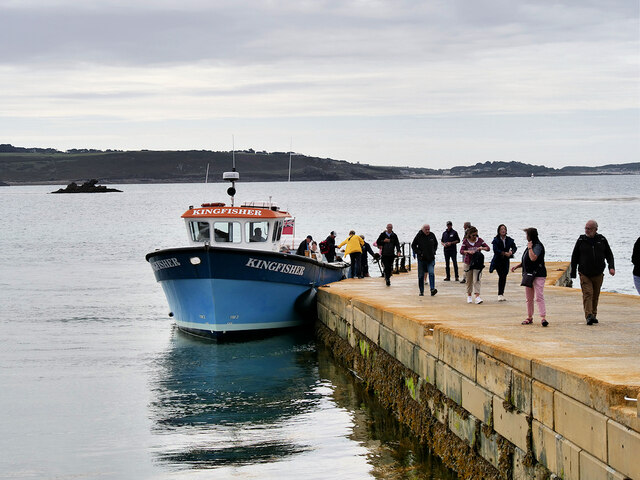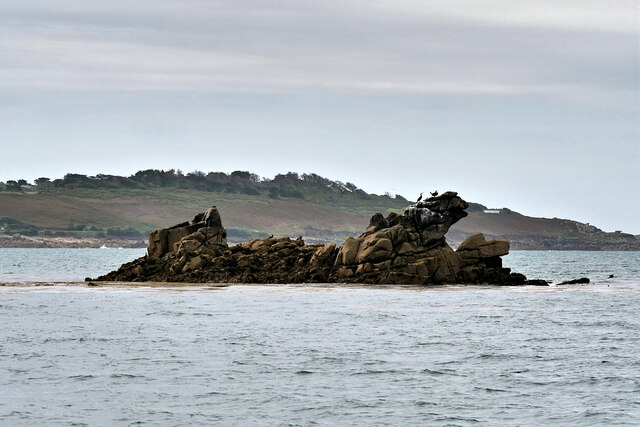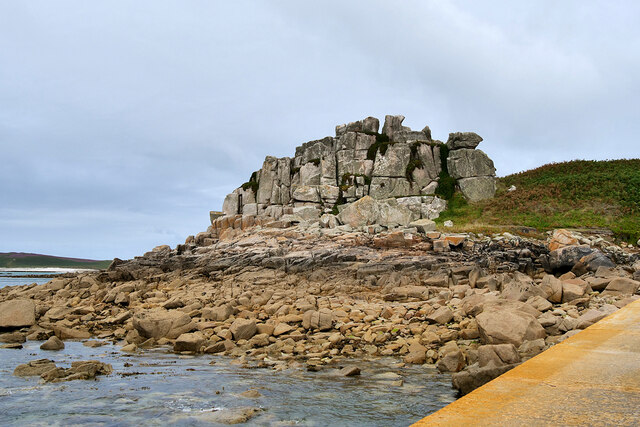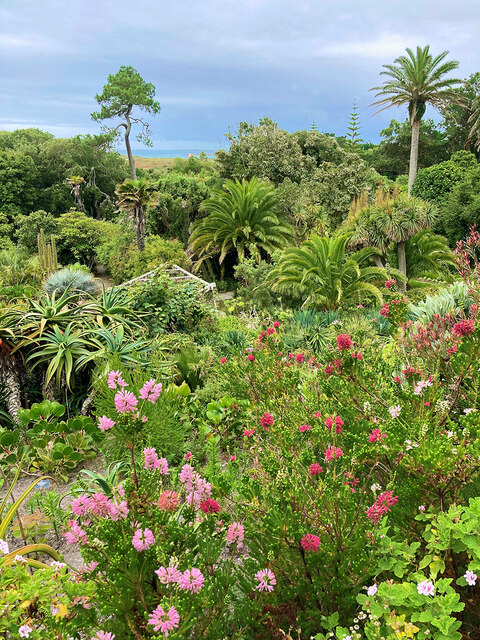Green Island
Island in Cornwall
England
Green Island

Green Island is a small, uninhabited island located off the coast of Cornwall, England. Situated in the Celtic Sea, it is part of the Isles of Scilly archipelago. The island is characterized by its lush green vegetation, sandy beaches, and rocky cliffs, making it a popular destination for nature enthusiasts and birdwatchers.
Covering an area of around 6 hectares, Green Island is a designated Site of Special Scientific Interest due to its rich biodiversity. The island is home to a variety of plant species, including rare orchids and wildflowers. It also serves as an important nesting site for seabirds such as puffins, razorbills, and guillemots.
Access to Green Island is limited, as it can only be reached by boat. Due to its remote location, the island remains largely untouched by human activity, providing a peaceful and tranquil environment. Visitors can explore the island's rugged coastline, take leisurely walks along its sandy beaches, or simply enjoy the breathtaking views of the surrounding sea.
While the island lacks any permanent structures or facilities, visitors can bring their own equipment for picnicking or camping. It is important to note that there are no public toilets or freshwater sources on the island, so visitors should come prepared.
Overall, Green Island offers a unique opportunity to experience the untouched natural beauty of Cornwall's coastline, making it a must-visit destination for nature lovers and those seeking a peaceful retreat.
If you have any feedback on the listing, please let us know in the comments section below.
Green Island Images
Images are sourced within 2km of 49.93142/-6.3436603 or Grid Reference SV8812. Thanks to Geograph Open Source API. All images are credited.













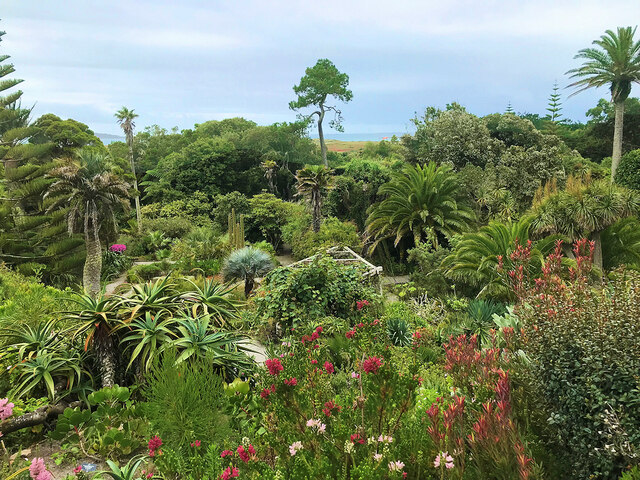
Green Island is located at Grid Ref: SV8812 (Lat: 49.93142, Lng: -6.3436603)
Division: Isles of Scilly
Unitary Authority: Isles of Scilly
Police Authority: Devon and Cornwall
What 3 Words
///shirts.blown.verifying. Near Bryher, Isles of Scilly
Nearby Locations
Related Wikis
Samson, Isles of Scilly
Samson (Cornish: (Enys) Sampson) is the largest uninhabited island of the Isles of Scilly, off the southwestern tip of the Cornish peninsula of Great Britain...
HMS Colossus (1787)
HMS Colossus was a 74-gun third-rate ship of the line of the Royal Navy. She was launched at Gravesend on 4 April 1787 and lost on 10 December 1798. During...
Oliver's Battery, Tresco
Oliver's Battery is a ruined artillery battery on the island of Tresco in the Isles of Scilly off of Cornwall, England. It was built by the Parliamentarian...
Isles of Scilly
The Isles of Scilly ( SIL-ee; Standard Written Form: Syllan, Enesek Syllan, or Enesow Syllan) is an archipelago off the southwestern tip of Cornwall, England...
Nearby Amenities
Located within 500m of 49.93142,-6.3436603Have you been to Green Island?
Leave your review of Green Island below (or comments, questions and feedback).
